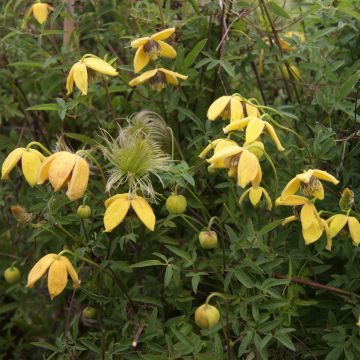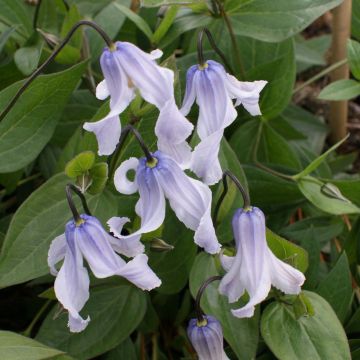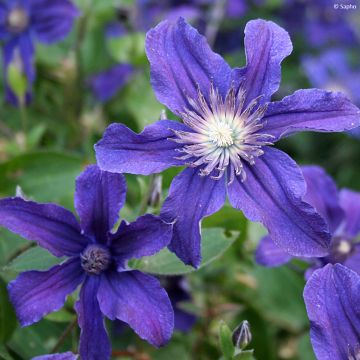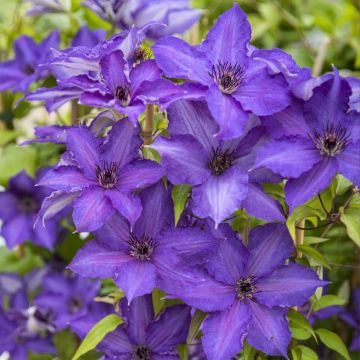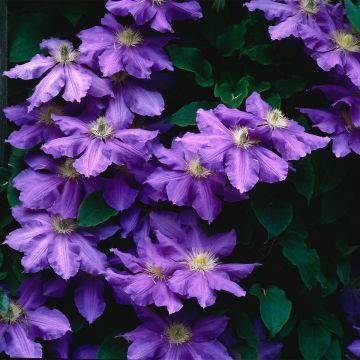

Clematis tangutica - Golden clematis


Clematis tangutica - Golden clematis
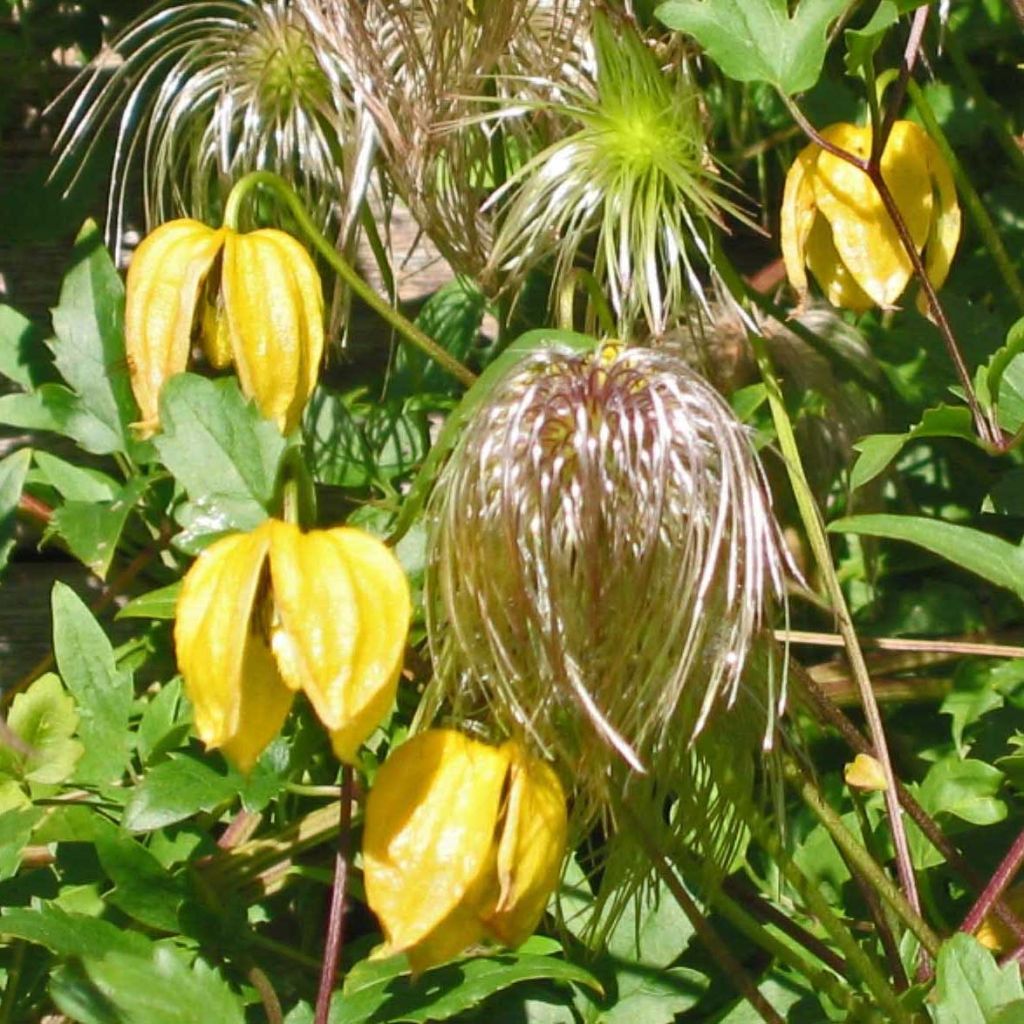

Clematis tangutica - Golden clematis
Clematis tangutica - Golden clematis
Clematis tibetana subsp. tangutica
Golden clematis, Orange peel clematis, Tangutica clematis, Tube-flowered clematis, Yellow-bell clematis
vigorous-looking plant
REINE, 13/03/2024
This item cannot be shipped to the selected country
Delivery charge from €5.90
Delivery charge from €5.90
More information
Schedule delivery date,
and select date in basket
This plant carries a 6 months recovery warranty
More information
We guarantee the quality of our plants for a full growing cycle, and will replace at our expense any plant that fails to recover under normal climatic and planting conditions.
From €5.90 for pickup delivery and €6.90 for home delivery
Express home delivery from €8.90.
From €5.90 for pickup delivery and €6.90 for home delivery
Express home delivery from €8.90.

Does this plant fit my garden?
Set up your Plantfit profile →
Description
Clematis tangutica, sometimes called Tangut Clematis, is a vigorous clematis whose ancestors roamed the thickets from Mongolia to western China, up to 4,900m (16ft) above sea level, taking on the appearance of vigorous climbing plants or bushy shrubs in drier areas. It boasts a long spring to autumn flowering, bearing curious bright yellow trailing flowers that open to reveal a dark stamen heart. Its feathery and silvery fruits are extremely decorative. Like many clematis, it appreciates having its base in moist but well-drained soil, and its head in the sun. It is one of the hardiest and most generous clematis, both in the garden and in pots.
Clematis tangutica belongs to the Ranunculaceae family. It is a woody climbing plant with trailing roots that will cling to its support through petioles transformed into tendrils. Its stems will reach 3 to 5m (10 to 16ft) in length, with a ground coverage of 1 to 2m (3 to 7ft), so it will be necessary to provide a support that is well adapted to the volume and weight of the plant. It flowers on the current year's shoots. Flowering starts in May, reaches its peak in July-August, and then continues more sporadically until October. Its trailing flowers, 5 to 6cm (2in) wide, are composed of 4 large pointed tepals with rolled-up, thick, and waxy edges. They boast a slightly acidic yellow colour, surrounding a dark purple-brown stamen heart. They are solitary in the axils of the leaves. The flowers give way to fluffy and silky fruits, 8 to 10cm (3 to 4in) wide, composed of seeds whose styles persist in the form of long silver filaments. The dark green foliage is composed of leaves divided into 3 dentate leaflets measuring 2 to 6cm (1 to 2in). The foliage turns yellow in autumn before drying up.
This clematis can flower from the first year of cultivation. It will quickly cover a trellis or fence. It can also colonise a shrub with dark foliage ('Black Lace' elderberry, purple hazelnut), or with beautiful autumn colours (deciduous spindle tree, cotinus, or witch hazel). It can also dress up a slightly neglected bank, alongside a blue periwinkle, for example. The unique beauty of its flowers, the duration of flowering, and the appeal of its fruits make this clematis a star of the garden and patio. For example, it can be planted with a climbing rose, preferably a repeat-flowering one in yellow or orange, like 'Ghislaine de Féligonde', or cream to white like 'Iceberg'. It will also elegantly dress up a dead tree.
Report an error about the product description
Clematis tangutica - Golden clematis in pictures
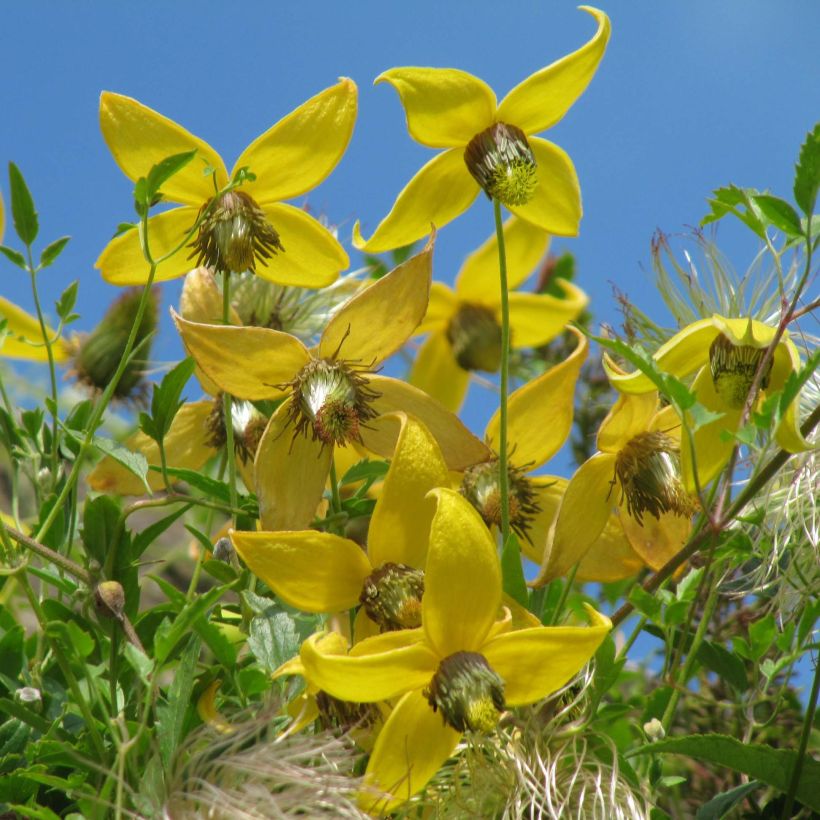

Plant habit
Flowering
Foliage
Botanical data
Clematis
tibetana subsp. tangutica
Ranunculaceae
Golden clematis, Orange peel clematis, Tangutica clematis, Tube-flowered clematis, Yellow-bell clematis
China
Other Clematis Tangutica
Planting and care
Clematis tangutica grows in ordinary soil that is well-drained. Make sure its base remains in the shade, but the foliage is exposed to the sun. A ground cover plant like hosta or heuchera can be planted to shade its base. A layer of thick mulch near the base (not on top) can also provide protection against the sun. This plant has a fibrous root system that does not appreciate transplantations, so choose its location carefully.
Young plants should not lack water to establish themselves. Monitor watering during the first two or three years, especially in summer and even more so if it is very dry. It is wise to water in the evening, frequently and in small quantities. During winter, the roots should be kept moist but not waterlogged. An adult plant is quite tolerant of drought. Soil drainage is crucial for successfully cultivating Clematis tangutica, which does not tolerate stagnant moisture in winter.
Planting period
Intended location
Care
-
, onOrder confirmed
Reply from on Promesse de fleurs
Clematis
Haven't found what you were looking for?
Hardiness is the lowest winter temperature a plant can endure without suffering serious damage or even dying. However, hardiness is affected by location (a sheltered area, such as a patio), protection (winter cover) and soil type (hardiness is improved by well-drained soil).

Photo Sharing Terms & Conditions
In order to encourage gardeners to interact and share their experiences, Promesse de fleurs offers various media enabling content to be uploaded onto its Site - in particular via the ‘Photo sharing’ module.
The User agrees to refrain from:
- Posting any content that is illegal, prejudicial, insulting, racist, inciteful to hatred, revisionist, contrary to public decency, that infringes on privacy or on the privacy rights of third parties, in particular the publicity rights of persons and goods, intellectual property rights, or the right to privacy.
- Submitting content on behalf of a third party;
- Impersonate the identity of a third party and/or publish any personal information about a third party;
In general, the User undertakes to refrain from any unethical behaviour.
All Content (in particular text, comments, files, images, photos, videos, creative works, etc.), which may be subject to property or intellectual property rights, image or other private rights, shall remain the property of the User, subject to the limited rights granted by the terms of the licence granted by Promesse de fleurs as stated below. Users are at liberty to publish or not to publish such Content on the Site, notably via the ‘Photo Sharing’ facility, and accept that this Content shall be made public and freely accessible, notably on the Internet.
Users further acknowledge, undertake to have ,and guarantee that they hold all necessary rights and permissions to publish such material on the Site, in particular with regard to the legislation in force pertaining to any privacy, property, intellectual property, image, or contractual rights, or rights of any other nature. By publishing such Content on the Site, Users acknowledge accepting full liability as publishers of the Content within the meaning of the law, and grant Promesse de fleurs, free of charge, an inclusive, worldwide licence for the said Content for the entire duration of its publication, including all reproduction, representation, up/downloading, displaying, performing, transmission, and storage rights.
Users also grant permission for their name to be linked to the Content and accept that this link may not always be made available.
By engaging in posting material, Users consent to their Content becoming automatically accessible on the Internet, in particular on other sites and/or blogs and/or web pages of the Promesse de fleurs site, including in particular social pages and the Promesse de fleurs catalogue.
Users may secure the removal of entrusted content free of charge by issuing a simple request via our contact form.
The flowering period indicated on our website applies to countries and regions located in USDA zone 8 (France, the United Kingdom, Ireland, the Netherlands, etc.)
It will vary according to where you live:
- In zones 9 to 10 (Italy, Spain, Greece, etc.), flowering will occur about 2 to 4 weeks earlier.
- In zones 6 to 7 (Germany, Poland, Slovenia, and lower mountainous regions), flowering will be delayed by 2 to 3 weeks.
- In zone 5 (Central Europe, Scandinavia), blooming will be delayed by 3 to 5 weeks.
In temperate climates, pruning of spring-flowering shrubs (forsythia, spireas, etc.) should be done just after flowering.
Pruning of summer-flowering shrubs (Indian Lilac, Perovskia, etc.) can be done in winter or spring.
In cold regions as well as with frost-sensitive plants, avoid pruning too early when severe frosts may still occur.
The planting period indicated on our website applies to countries and regions located in USDA zone 8 (France, United Kingdom, Ireland, Netherlands).
It will vary according to where you live:
- In Mediterranean zones (Marseille, Madrid, Milan, etc.), autumn and winter are the best planting periods.
- In continental zones (Strasbourg, Munich, Vienna, etc.), delay planting by 2 to 3 weeks in spring and bring it forward by 2 to 4 weeks in autumn.
- In mountainous regions (the Alps, Pyrenees, Carpathians, etc.), it is best to plant in late spring (May-June) or late summer (August-September).
The harvesting period indicated on our website applies to countries and regions in USDA zone 8 (France, England, Ireland, the Netherlands).
In colder areas (Scandinavia, Poland, Austria...) fruit and vegetable harvests are likely to be delayed by 3-4 weeks.
In warmer areas (Italy, Spain, Greece, etc.), harvesting will probably take place earlier, depending on weather conditions.
The sowing periods indicated on our website apply to countries and regions within USDA Zone 8 (France, UK, Ireland, Netherlands).
In colder areas (Scandinavia, Poland, Austria...), delay any outdoor sowing by 3-4 weeks, or sow under glass.
In warmer climes (Italy, Spain, Greece, etc.), bring outdoor sowing forward by a few weeks.





































